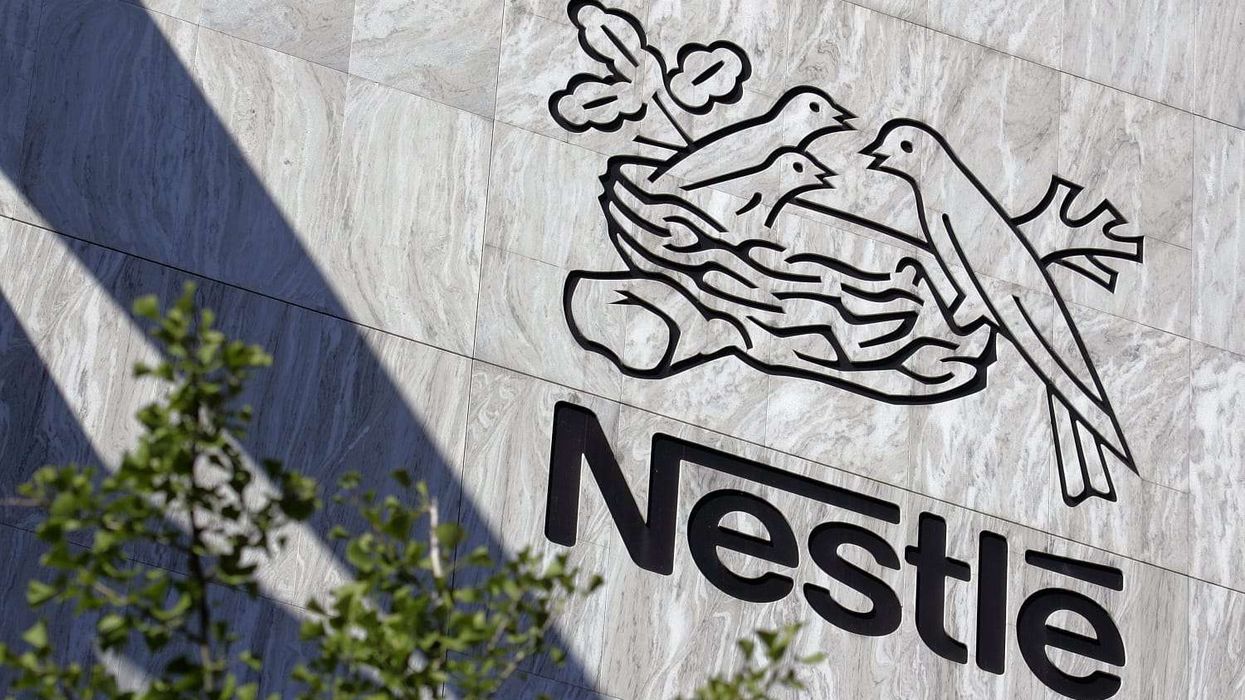By Nadeem Badshah
TOP female chefs have backed calls for more women to work in south Asian restaurants to save the industry from staff shortages.
Fewer than one in five chef positions in the UK is held by females and that figure is believed to be lower in Asian eateries.
Industry figures have backed Sarah Ali Choudhury, who grew up in her family’s Indian restaurant in Dorset, who has encouraged more females to join the sector. Choudhury, whose mother Helen runs their family’s restaurant, said: “Mum is an absolute inspiration. I have learnt everything from mum.”
An average of two south Asian restaurants are closing each week, partly down to previous immigration rules which made it harder to recruit talent from overseas.
Asma Khan, who has an all-female kitchen at her restaurant Darjeeling Express in central London, told Eastern Eye: “Almost all the food in south Asia at home is by women and there is a difference between home-cooked and restaurant food.
“Many of the women cooking in this country and in south Asia have learned to cook in a traditional way from mother or mother-in-law to daughter. Having women with this kind of unique culinary tradition will bring something unique to the restaurant repertoire.”
Khan added: “Having an all-female kitchen for me is the most natural way to cook as I grew up watching my mother cook surrounded by women. We cook with non-verbal communication as none of us went to culinary school; we all cook by instinct following all the recipes learned from our mothers.”
Home secretary Priti Patel recently unveiled immigration rules allowing restaurants which provide a takeaway service to recruit chefs from outside Europe on a Tier 2 visa from October 6. The move was dubbed the “vindaloo visa”.
Anjula Devi, consultant chef at Manchester United’s football stadium Old Trafford, said she would “like more capable women chefs to enter the Indian restaurant industry.”
She told Eastern Eye: “I think it is really important to understand that to do this, male or female, you have to enter any commercial kitchen with adequate training. Most commercial kitchens are very stressful environments, in which the right knowledge and skills are necessary.
“Communication and precision are also paramount. The step up from being a good home cook to becoming a successful commercial chef is not to be underestimated, but for the right people, with sufficient application, it is achievable.
“My own experience working at Manchester United has given me a great perspective. As a woman in an almost all-male environment, I know that among all the chefs in the kitchen I hold the most expertise and knowledge of Indian food, therefore the chefs respect and listen.
“The language can be a little blue sometimes but that just comes with the territory.”
The lack of trained chefs in Asian cuisine in the UK led to the government spending £1.75 million on creating 70 apprenticeships at so-called “curry colleges” in 2012. But only 16 people are believed to have signed up for the scheme.
Chef Manju Malhi said: “Sarah [Ali Choudhury] is right, we do need more women to become curry chefs. However, like the whole chef industry, it is a very male-dominated place with long and arduous hours that even male chefs find challenging.
“I recall teaching a group of primary school pupils how to cook and one of the children came up to me and said they didn’t realise that a chef could be female.
“So to ease the curry cooking crisis, employers also need to develop a less discriminating, possibly misogynistic mindset, by being more open to hiring females, thus breaking that stereotype about a chef being male.”











